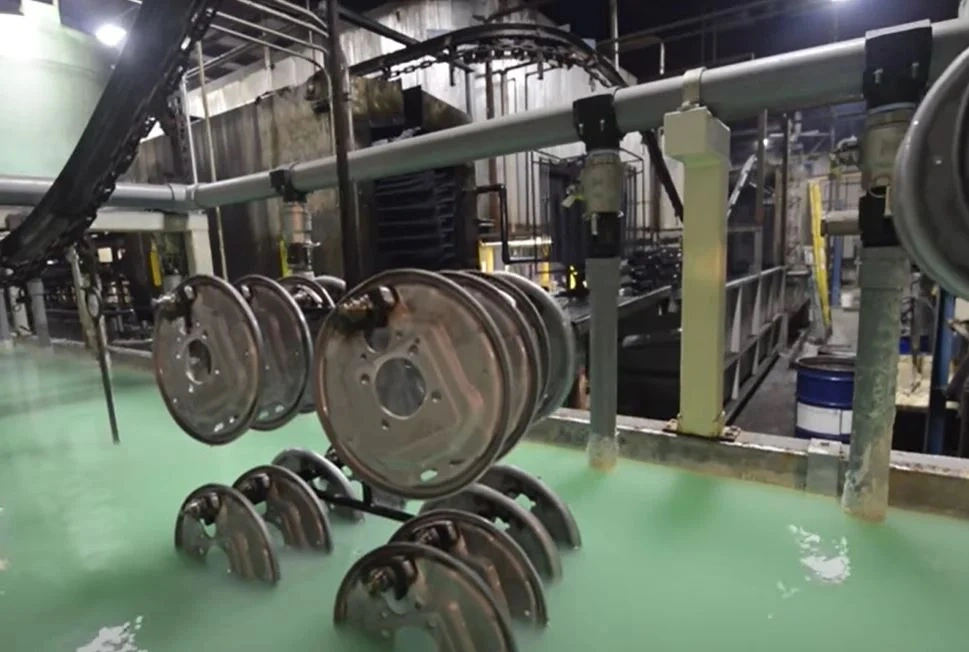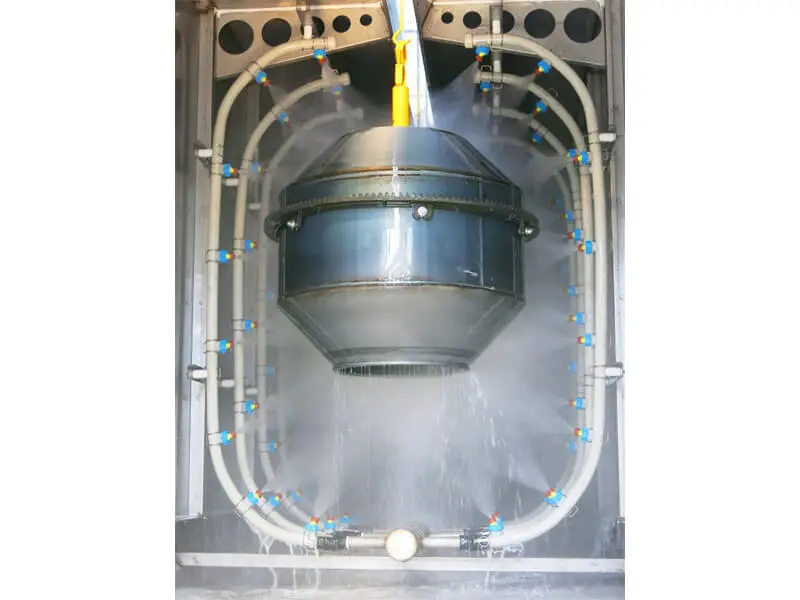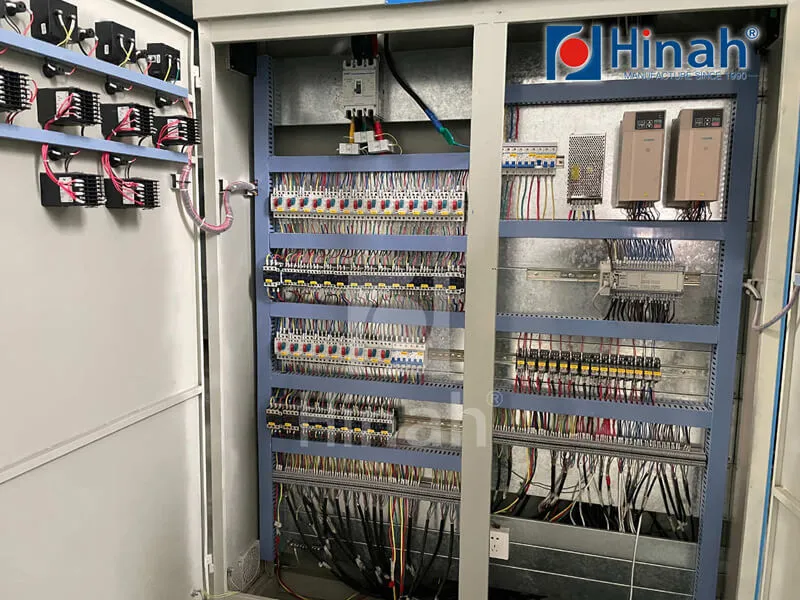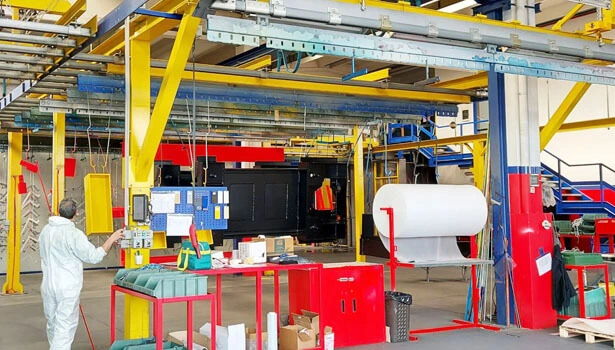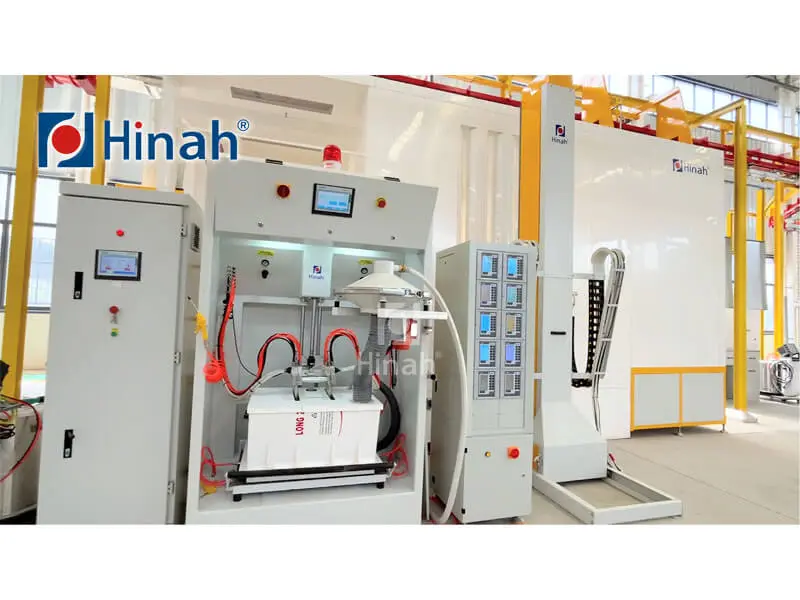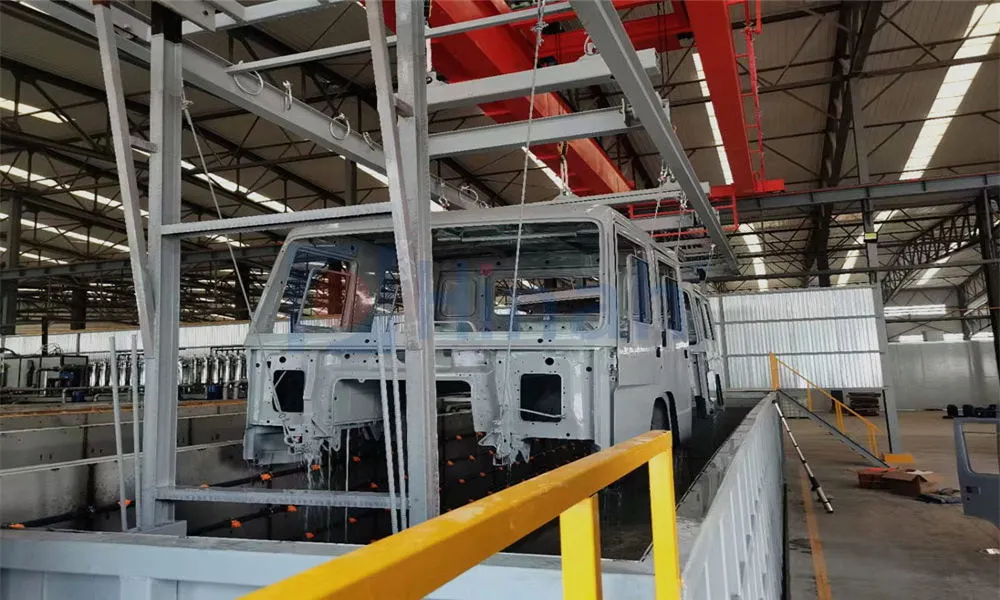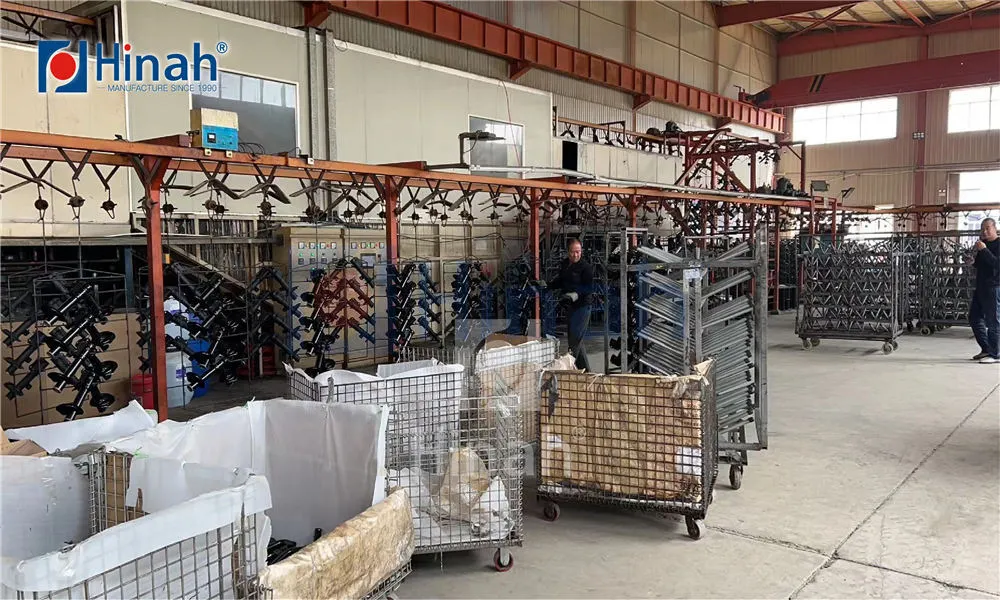In the world of industrial and architectural finishing, the finish is everything. It’s the final layer of protection and the first thing the eye sees. For businesses seeking a superior, durable, and environmentally friendly coating solution, investing in a Powder coating system" target="_blank">powder coating system is no longer a luxury—it’s a strategic necessity. But with various technologies and configurations available, how do you select the right one for your specific needs?
This comprehensive guide will demystify the powder coating system, exploring its core technology, the different types available, and the critical factors to consider before making a purchase. Whether you're a high-volume manufacturer or a custom fabrication shop, understanding the intricacies of your coating line is key to achieving flawless results.
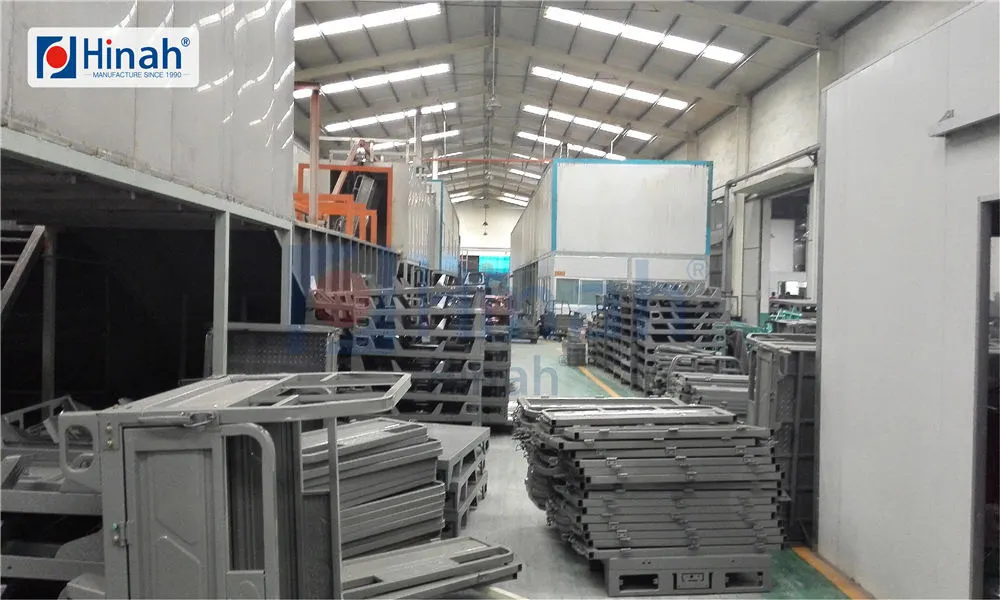
What is a Powder Coating System and How Does It Work?
At its core, a powder coating system is an integrated setup designed to apply a dry, free-flowing, thermoplastic, or thermoset polymer powder to a substrate. Unlike traditional liquid paints, this process does not require a solvent. The result is a high-quality, durable finish that is resistant to chipping, scratching, fading, and corrosion.
The process can be broken down into three fundamental stages:
Pre-treatment: This is arguably the most critical step for long-term adhesion and performance. The parts to be coated are thoroughly cleaned and chemically treated to remove oils, dirt, and mill scale, and to create a surface that promotes powder adhesion. This stage often involves stages of washing, rinsing, and, for metals like steel and aluminum, phosphating or chromating.
Powder Application: The pre-treated parts are moved into a spray booth. Here, using an electrostatic spray gun, the dry powder is charged with a high voltage, negative charge. The grounded part attracts the positively charged powder particles, creating an even coat over the entire surface, including hard-to-reach areas.
Curing: The coated parts are then transferred to a curing oven. Under a specific temperature (typically between 350°F and 400°F or 177°C - 204°C) for a set time, the powder particles melt, flow together, and chemically cross-link to form a uniform, hard, and smooth film.
Powder Coating System vs. Liquid Paint: A Clear-Cut Winner?
When evaluating finishing options, the comparison between a powder coating system and conventional liquid painting is inevitable. Here’s a breakdown of why powder often comes out on top:
Durability: Powder coated finishes are typically thicker and more resistant to impact, moisture, and chemicals than liquid paints.
Efficiency & Cost-Effectiveness: Overspray in a powder coating system can be recovered and reused, achieving material utilization rates of over 95%. This drastically reduces waste and material costs.
Environmental Impact: Powder coatings contain no volatile organic compounds (VOCs), making them a greener choice that complies with stringent air quality regulations.
Appearance & Quality: The process allows for a uniform, consistent thickness without runs, sags, or drips commonly associated with liquid paint.
Speed: Curing times are generally faster, leading to increased throughput in a production environment.
Navigating Your Options: Types of Powder Coating Systems
Not all operations are the same, and neither are powder coating systems. The right choice depends on your production volume, part size, and budget.
Manual Systems: Ideal for low-volume, high-mix shops or for customized powder coating projects. An operator manually sprays the parts, offering maximum flexibility for complex geometries and color changes.
Automatic Systems: For high-volume production with consistent part shapes, automated systems use fixed guns or reciprocators programmed to coat parts as they pass by on a conveyor. This ensures consistent quality and reduces labor costs.
Batch Systems (Ovens): Perfect for job shops or operations dealing with very large, heavy parts (e.g., architectural steel, machinery). Parts are pre-treated, coated in a booth, and then moved into a standalone batch oven for curing.
Continuous Systems (Conveyorized): The backbone of high-volume manufacturing. Parts are loaded onto an overhead conveyor that carries them sequentially through pre-treatment, drying, powder application, and curing ovens in a non-stop, highly efficient process.
The HANNA Advantage: Engineered for Performance and Reliability
In a market flooded with options, the HANNA brand stands out for its commitment to innovation and durability. A powder coating system from HANNA is more than just equipment; it's a productivity partner. HANNA systems are engineered with:
Robust Construction: Built from high-grade materials to withstand the harsh industrial environment, ensuring years of reliable service.
Energy Efficiency: Advanced oven insulation and efficient burner systems reduce operating costs and your carbon footprint.
Customization: HANNA understands that one size does not fit all. We offer customized powder coating system solutions tailored to your specific floor space, production rate, and part profile.
Global Support: With a worldwide network of service engineers and technical support, HANNA ensures your operation runs smoothly, minimizing downtime.
Key Considerations When Selecting Your Powder Coating System
Making an informed investment requires careful planning. Before you commit, ask yourself and your supplier these crucial questions:
Production Volume & Part Size: What is your daily or weekly output? What are the dimensions and weight of your largest and smallest parts? This determines whether you need a batch or continuous system.
Material & Pre-treatment: What substrates are you coating (e.g., steel, aluminum, MDF)? The answer dictates the necessary pre-treatment chemicals and stages.
Desired Finish & Quality: What are your aesthetic and performance requirements? This influences the choice of powder and the precision needed in the application and curing stages.
Floor Space & Layout: A detailed layout of your available space is essential for designing an efficient powder coating system workflow.
Budget: Consider both the initial capital investment and the long-term operational costs, including energy consumption, maintenance, and powder usage.
Partnering with an experienced provider like HANNA during this planning phase can prevent costly mistakes and ensure your new powder coating system is a perfect fit from day one.
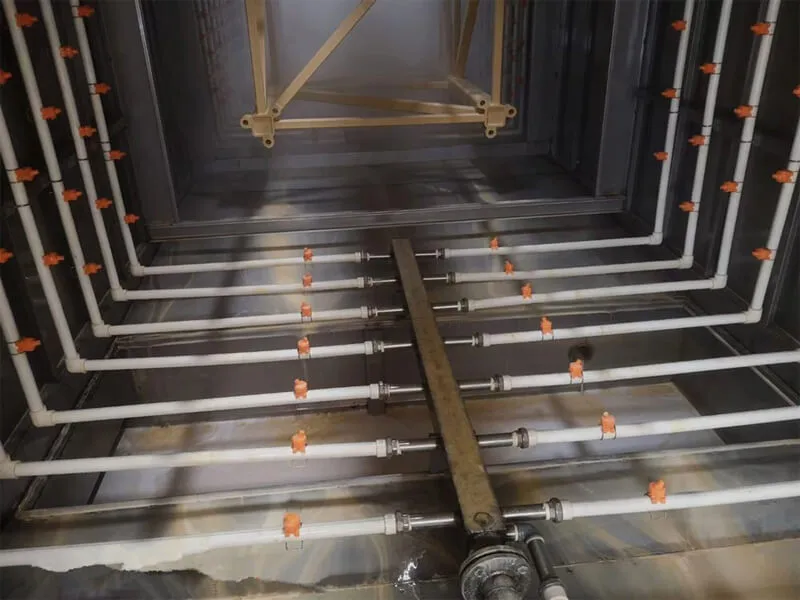
Investing in Your Future
A well-designed powder coating system is a significant investment that pays dividends through superior product quality, reduced operational waste, and compliance with environmental standards. By understanding the technology, evaluating your needs, and choosing a trusted partner like HANNA, you are not just buying a machine—you are empowering your business for a brighter, more durable, and more profitable future.
Frequently Asked Questions (FAQs)
Q1: What is the typical lifespan of a commercial powder coating system?
A1: With proper maintenance and care, a high-quality powder coating system from a reputable brand like HANNA can last for 20 years or more. Key components like ovens and conveyors are built for longevity, while spray guns and controls may see technology updates over time.
Q2: Can a powder coating system be used on materials other than metal?
A2: Yes, absolutely. While metals like steel and aluminum are the most common substrates, advanced powder coating system technology can also be used on certain plastics and, most notably, Medium-Density Fiberboard (MDF). Specialized conductive primers and low-temperature cure powders are used for these heat-sensitive materials.
Q3: How much does a complete powder coating system cost?
A3: The cost of a powder coating system varies dramatically based on its size, automation level, and features. A small manual batch system can start in the tens of thousands of dollars, while a large, fully automated, conveyorized line can run into the millions. It's best to consult with a supplier like HANNA for a detailed, customized powder coating quote based on your requirements.
Q4: Is it difficult to change colors in a powder coating system?
A4: Color change complexity depends on the system type. In a manual system, it involves cleaning the gun, booth, and reclaim system, which can take 15-30 minutes. In high-volume automatic systems, dedicated booths for specific colors or sophisticated quick-color-change technology are used to minimize downtime.
Q5: How environmentally friendly is the powder coating process really?
A5: The Powder coating system" target="_blank">powder coating system is one of the most environmentally friendly finishing processes available. It produces negligible, if any, hazardous waste (HAPs) and contains no solvents or VOCs. The overspray reclaimability of over 95% drastically reduces solid waste, making it a sustainable choice for modern manufacturing.


